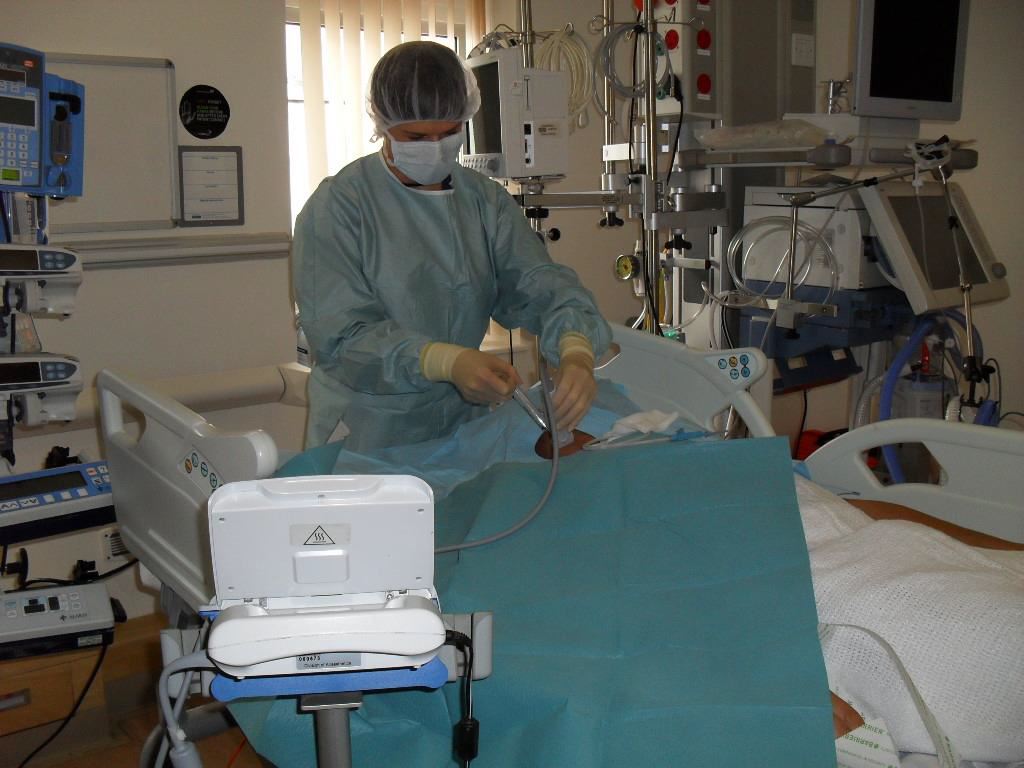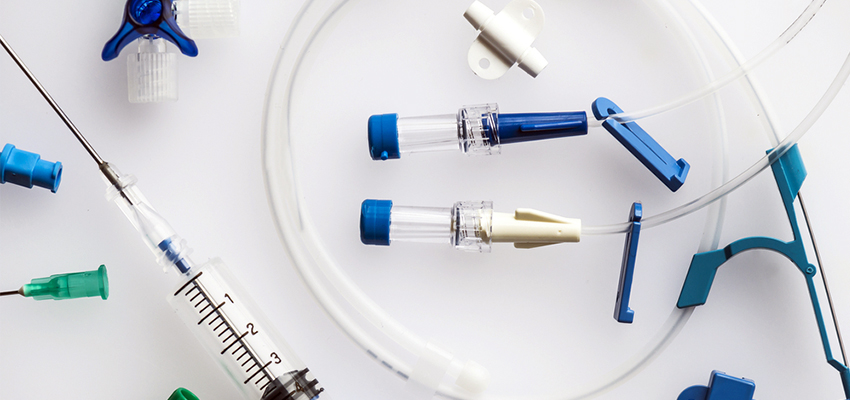
Compared with traditional central venous catheters (CVCs), PICCs offer several advantages, including safer insertion in the arm, cost-effective and convenient placement via vascular access nursing teams, and self-care compatibility that facilitates use beyond hospitalization ( 3–5).

In recent years, peripherally inserted central catheters (PICCs) have become popular for venous access in hospital settings ( 1, 2).

Spurred by technological advances, several venous access devices (VADs) for use during and beyond hospitalization are available to meet this need. Reliable venous access is a cornerstone of safe and effective care of hospitalized patients. These criteria can be used to improve care, inform quality improvement efforts, and advance the safety of medical patients. The panel of experts used a validated method to develop appropriate indications for PICC use across patient populations. In patients with cancer, PICCs were rated as appropriate for irritant or vesicant infusion, regardless of duration. In critically ill patients, nontunneled central venous catheters were preferred over PICCs when 14 or fewer days of use were likely. Midline catheters and ultrasonography-guided peripheral intravenous catheters were preferred to PICCs for use between 6 and 14 days. For peripherally compatible infusions, PICC use was rated as inappropriate when the proposed duration of use was 5 or fewer days.

Within each scenario, appropriateness of PICC use was compared with that of other venous access devices.Īfter review of 665 scenarios, 253 (38%) were rated as appropriate, 124 (19%) as neutral/uncertain, and 288 (43%) as inappropriate. vesicants), and duration of use (≤5 days, 6 to 14 days, 15 to 30 days, or ≥31 days). After systematic reviews of the literature, scenarios related to PICC use, care, and maintenance were developed according to patient population (for example, general hospitalized, critically ill, cancer, kidney disease), indication for insertion (infusion of peripherally compatible infusates vs. Defining appropriate indications for insertion, maintenance, and care of PICCs is thus important for patient safety.Īn international panel was convened that applied the RAND/UCLA Appropriateness Method to develop criteria for use of PICCs. Moreover, some PICCs may not be placed for clinically valid reasons.

Increasing use has led to the realization that PICCs are associated with important complications, including thrombosis and infection. Use of peripherally inserted central catheters (PICCs) has grown substantially in recent years.


 0 kommentar(er)
0 kommentar(er)
